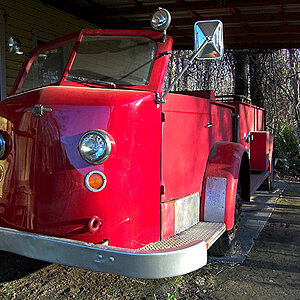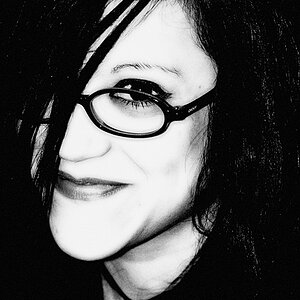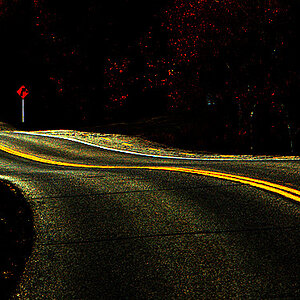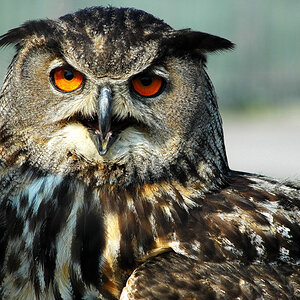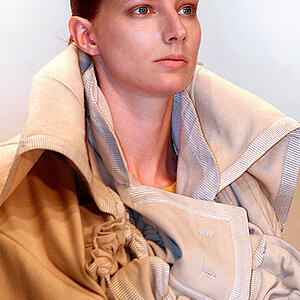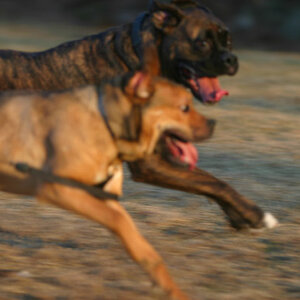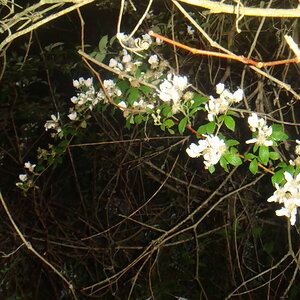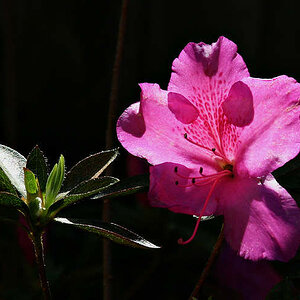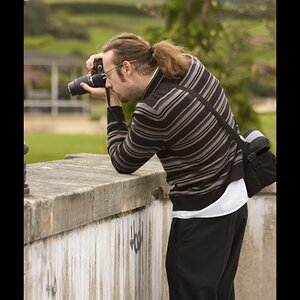rjacobucci
TPF Noob!
- Joined
- Feb 16, 2016
- Messages
- 6
- Reaction score
- 0
- Can others edit my Photos
- Photos NOT OK to edit
One thing worth mentioning is that there's 2 versions of the 24-105, one is the F/3.5-5.6 STM and the other is L, F/4.
HUGE difference, and there's kits available with both.
Is one better the other?


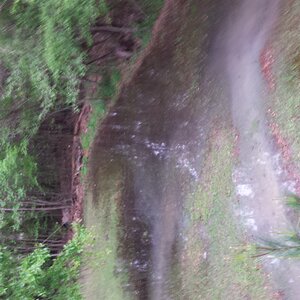
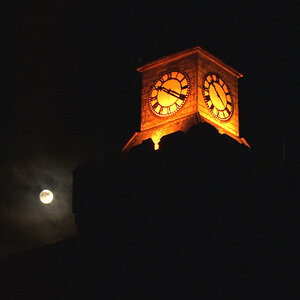
![[No title]](/data/xfmg/thumbnail/36/36133-8b29212f67c25fcf353a0c2f376b1501.jpg?1619737385)
